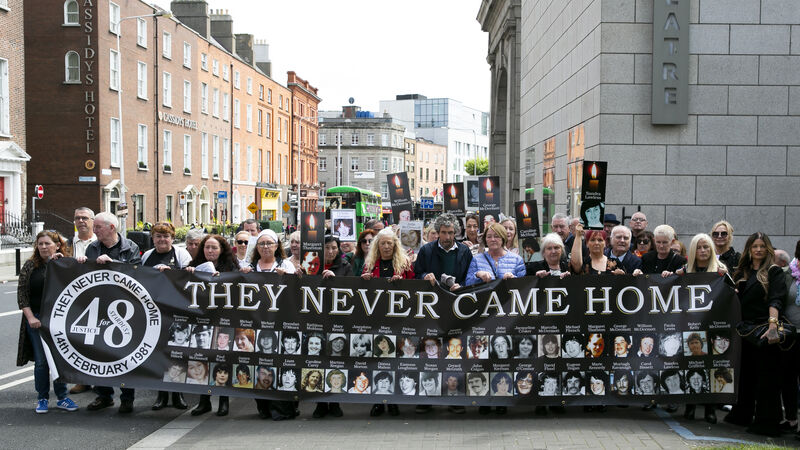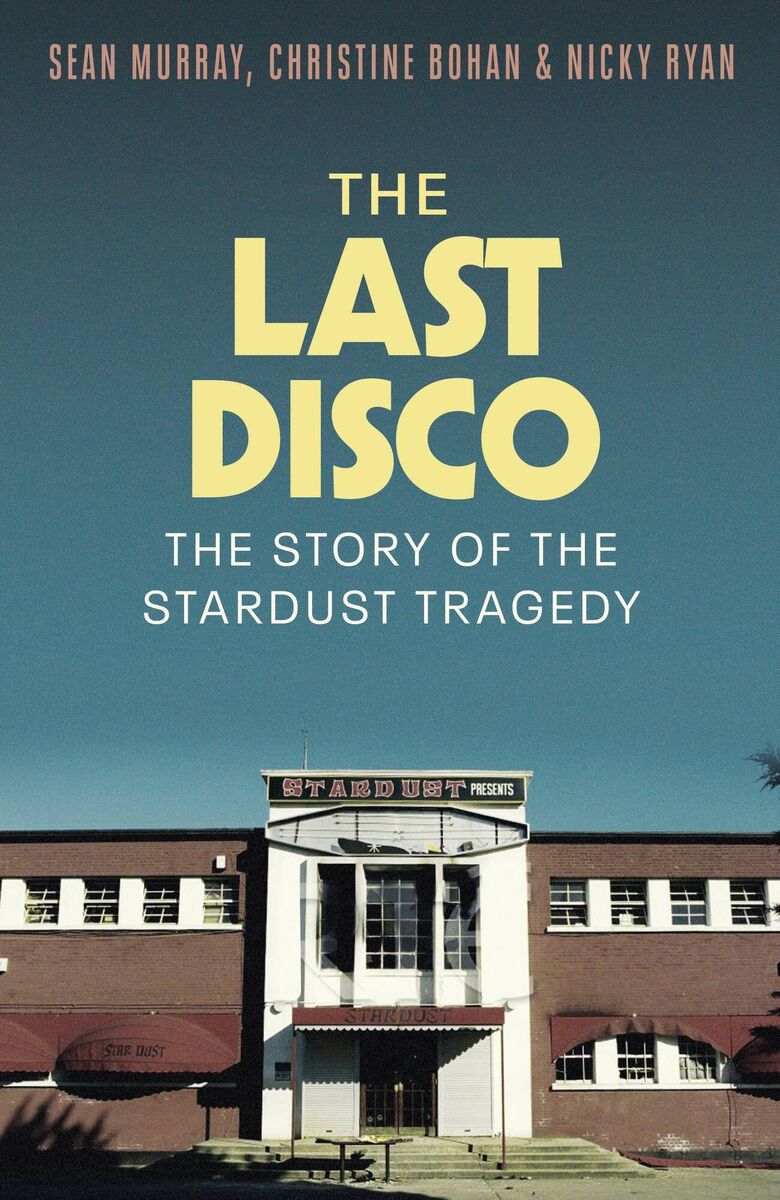‘The Last Disco’ brings the story of the Stardust fight for justice to a conclusion

Family and friends of the Stardust fire victims at the Coroners Court inquiry into the tragedy at The Rotunda Pillar Room in Dublin. Their love undimmed and their resolve unbroken, they kept going and going until that fateful day in April when they heard the words 'unlawful killing'. Photo: Gareth Chaney/ Collins Photos
NOBODY who was in the room that day will ever forget it. I certainly won’t. I could be a journalist for another 30 years and I really doubt I’ll feel such raw emotion and energy as I felt in the room that day.
BOOKS & MORE
Check out our Books Hub where you will find the latest news, reviews, features, opinions and analysis on all things books from the Irish Examiner's team of specialist writers, columnists and contributors.








